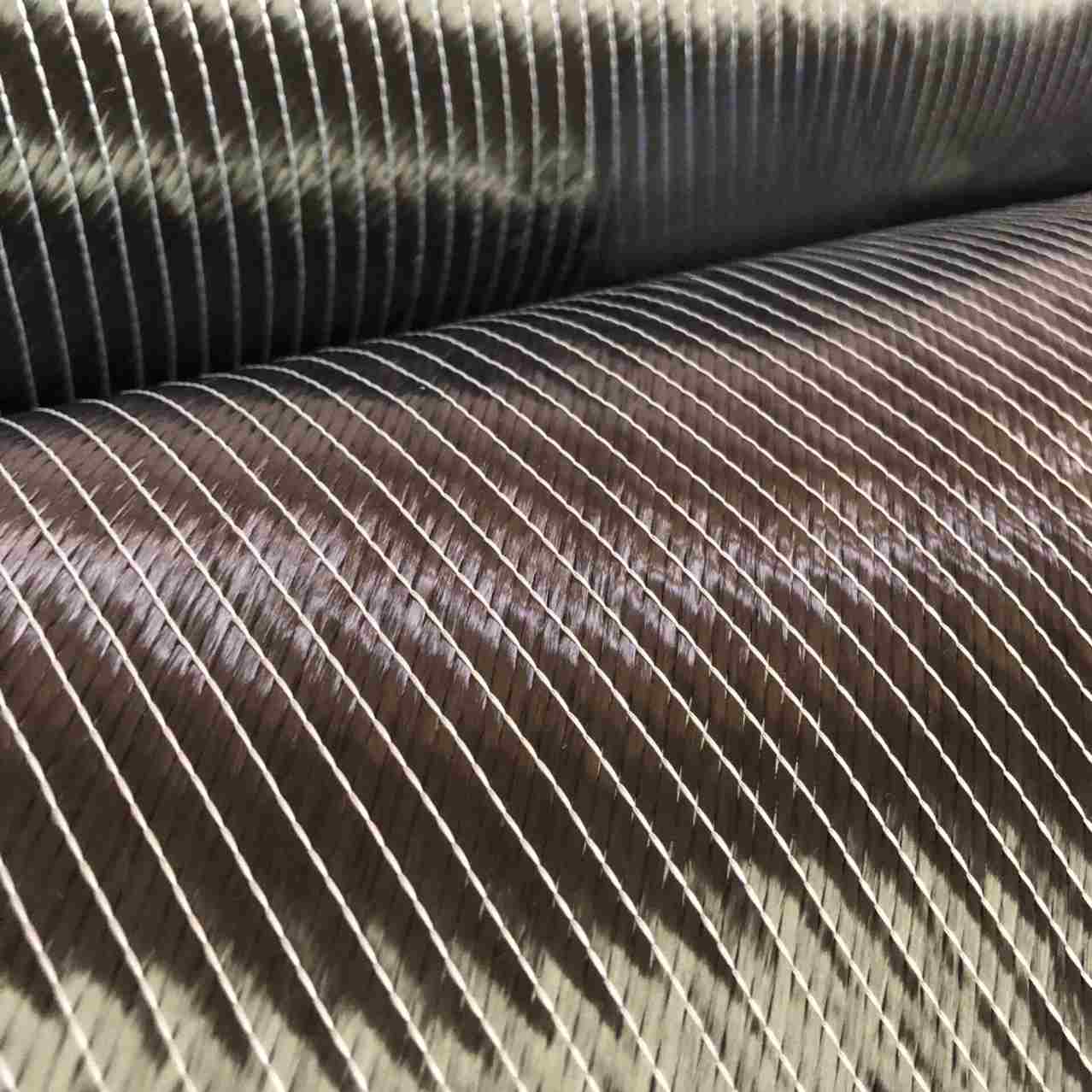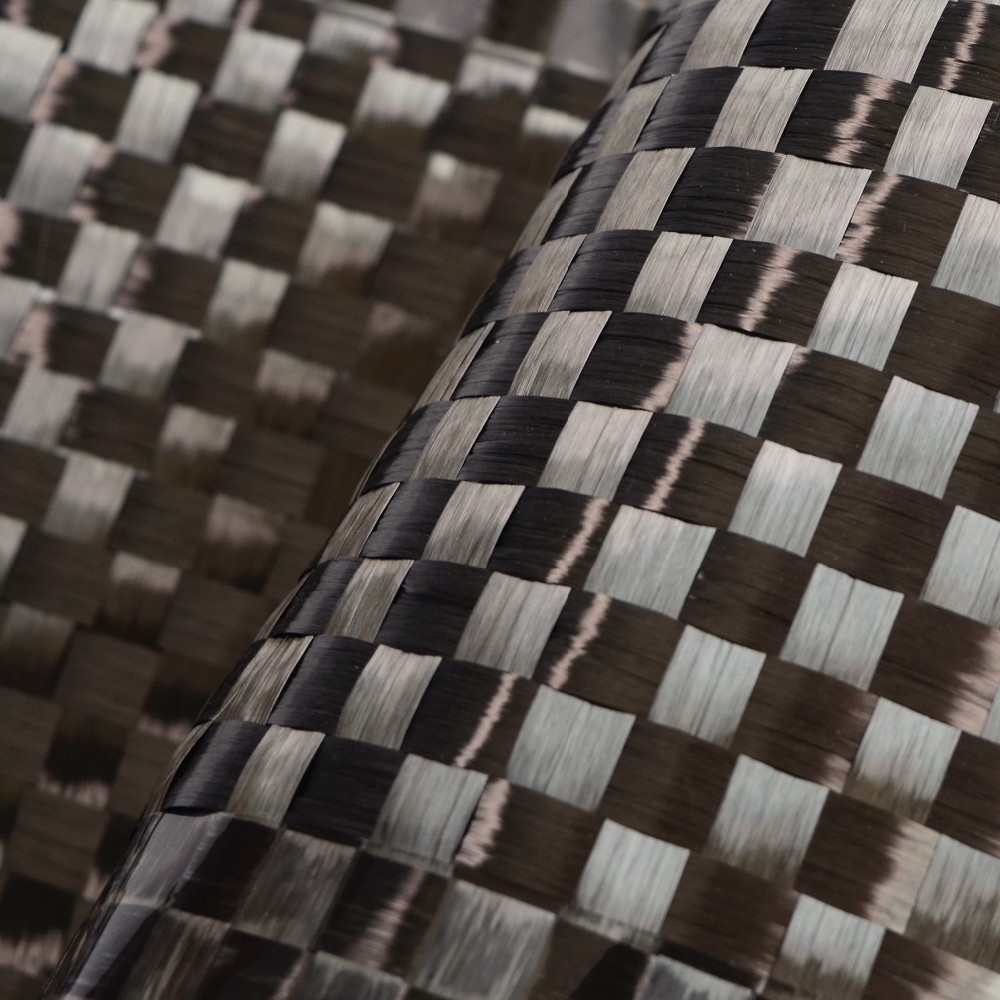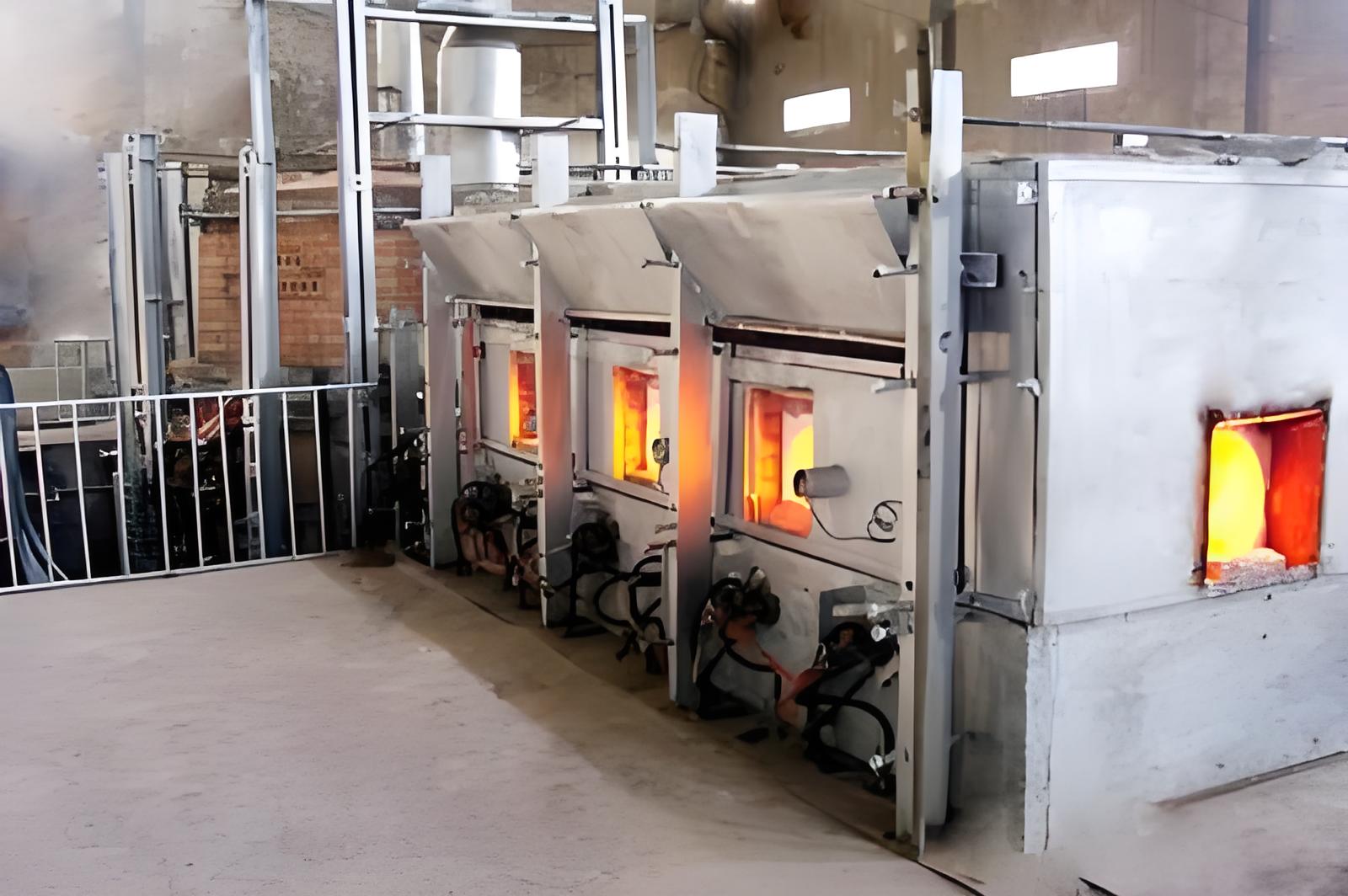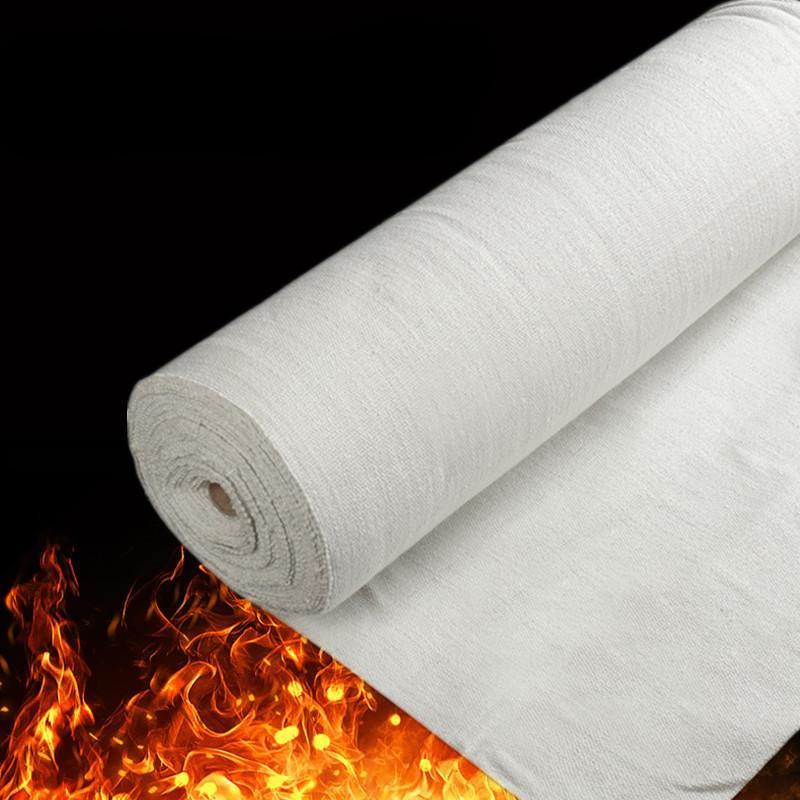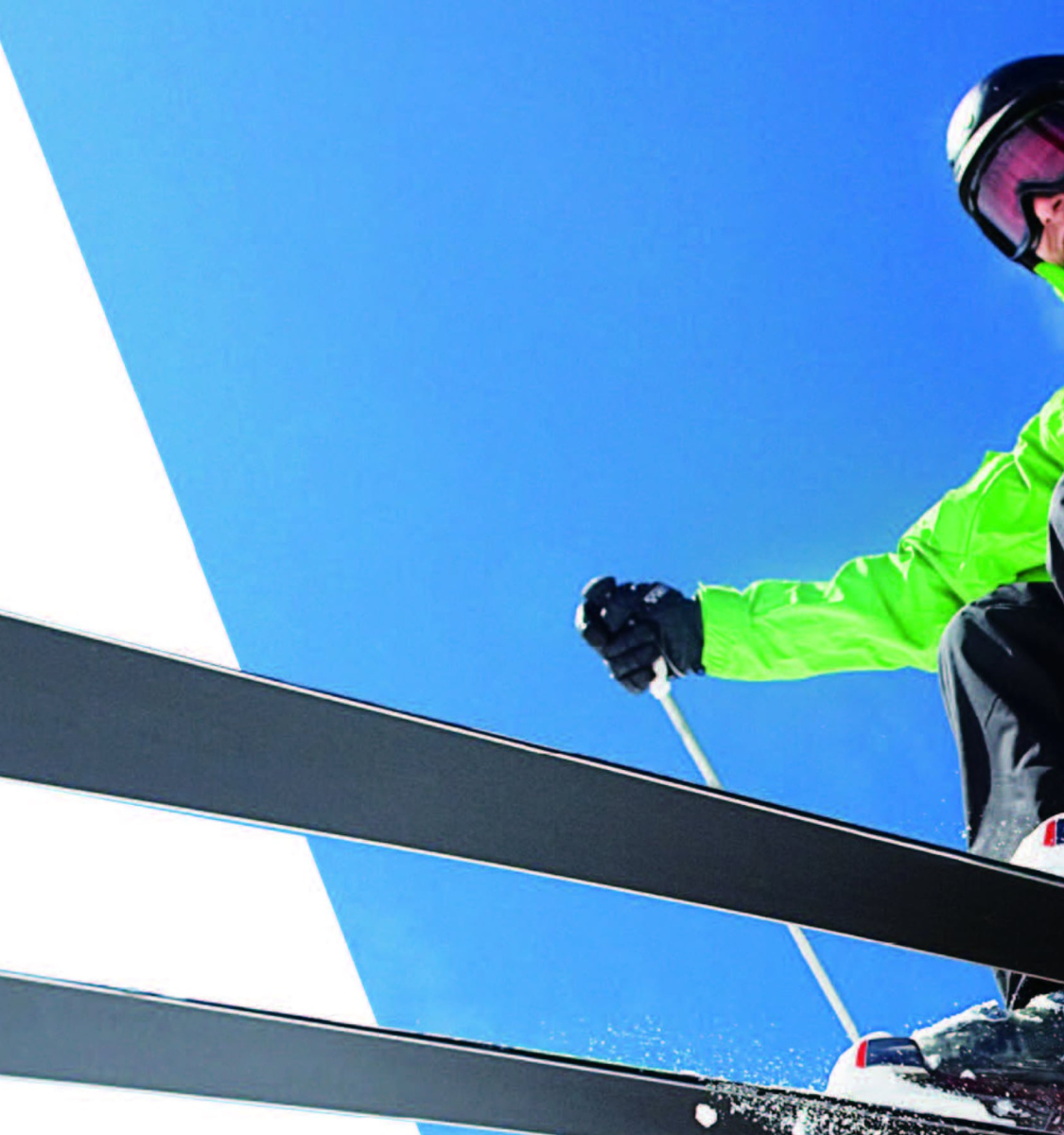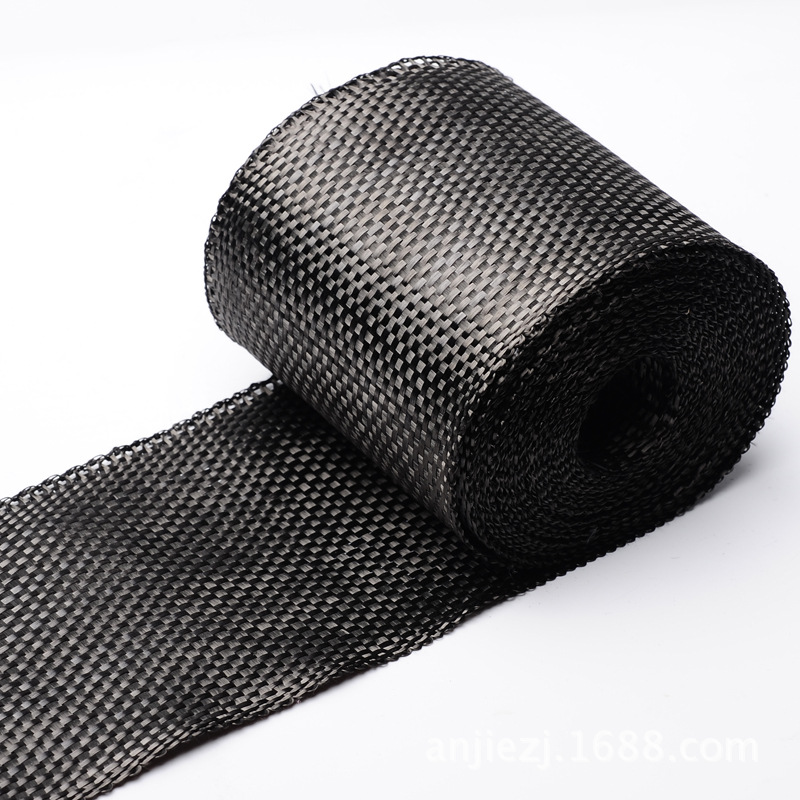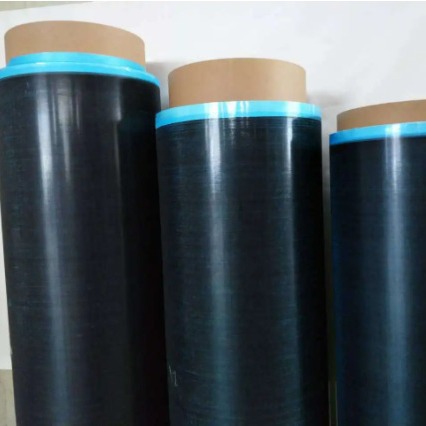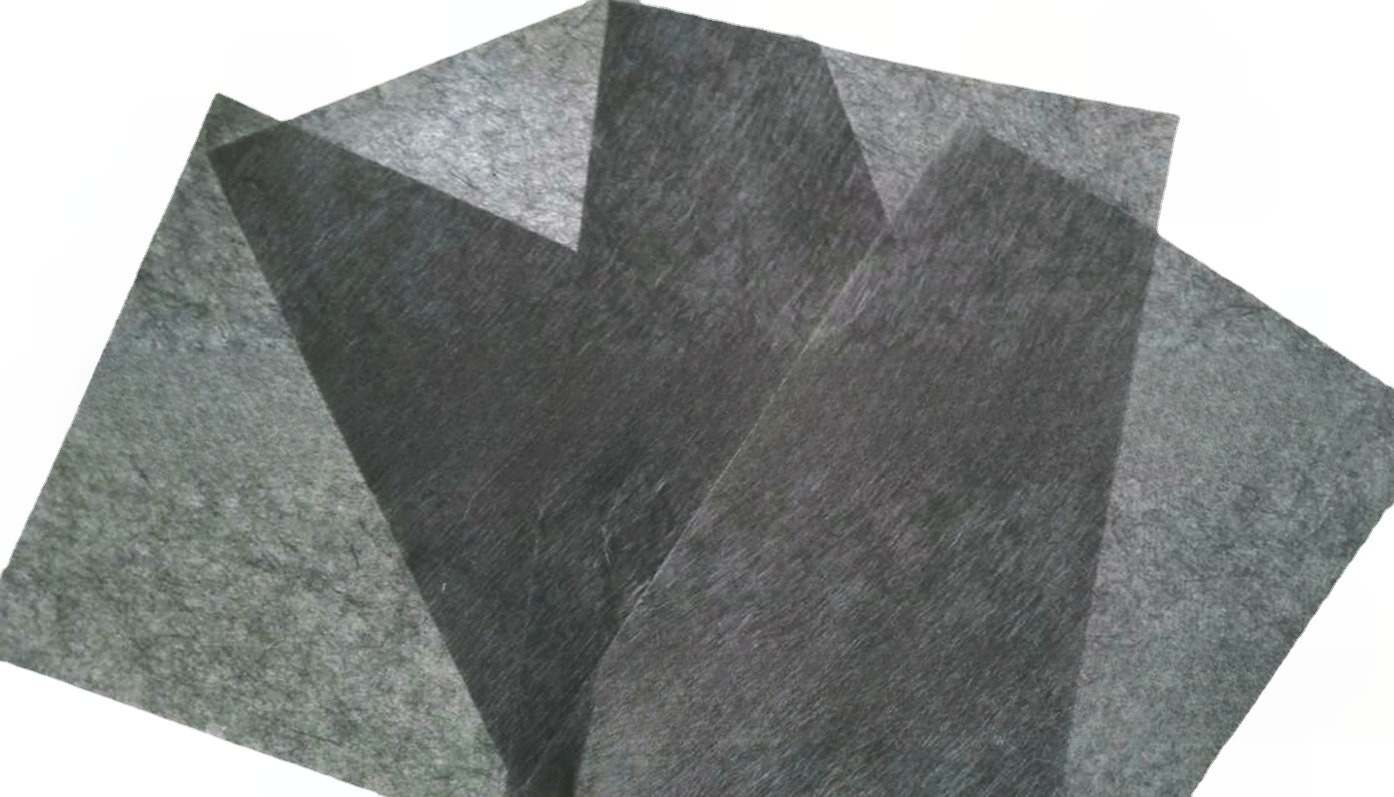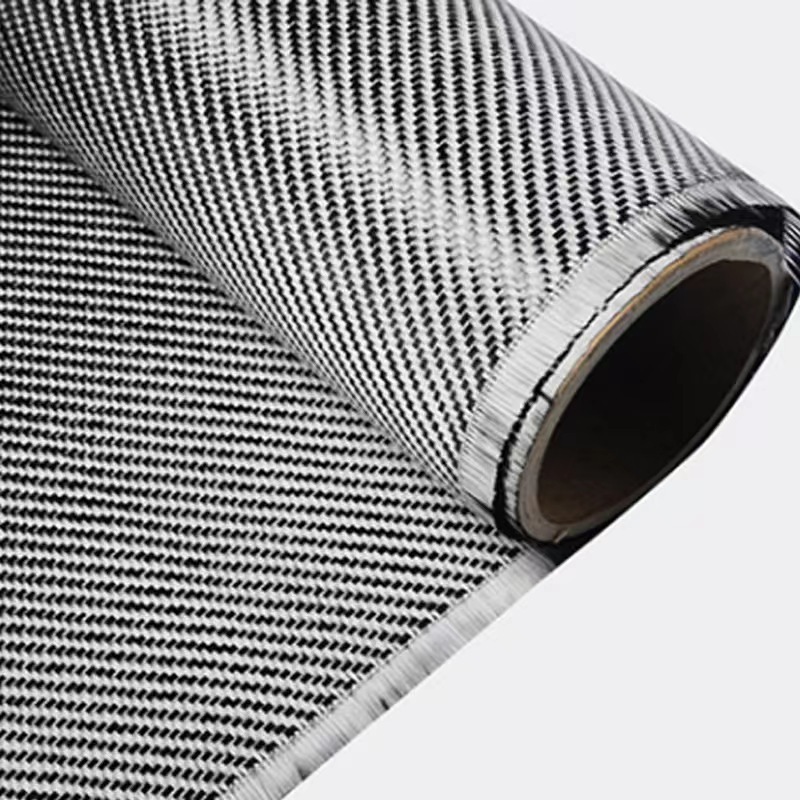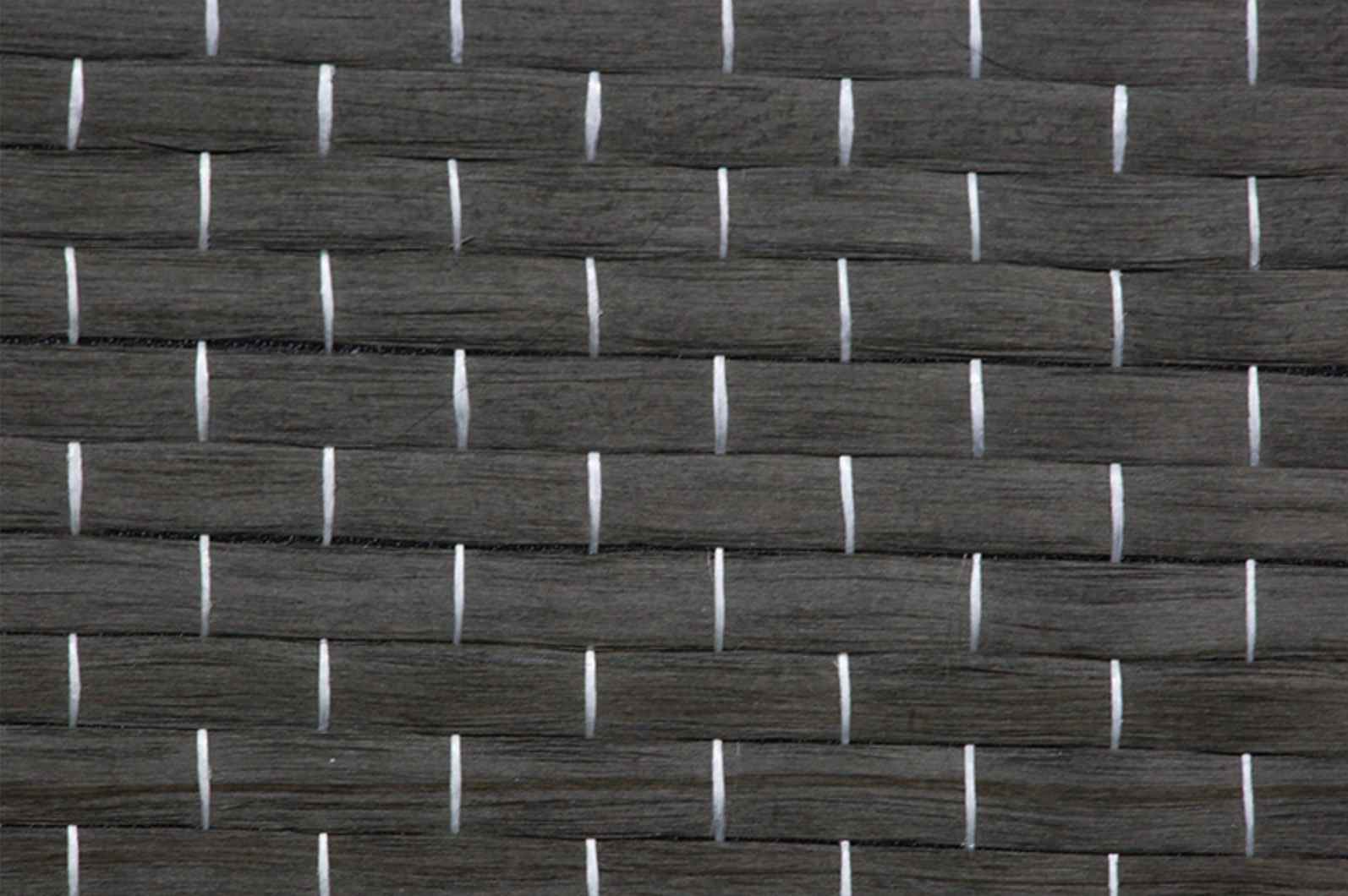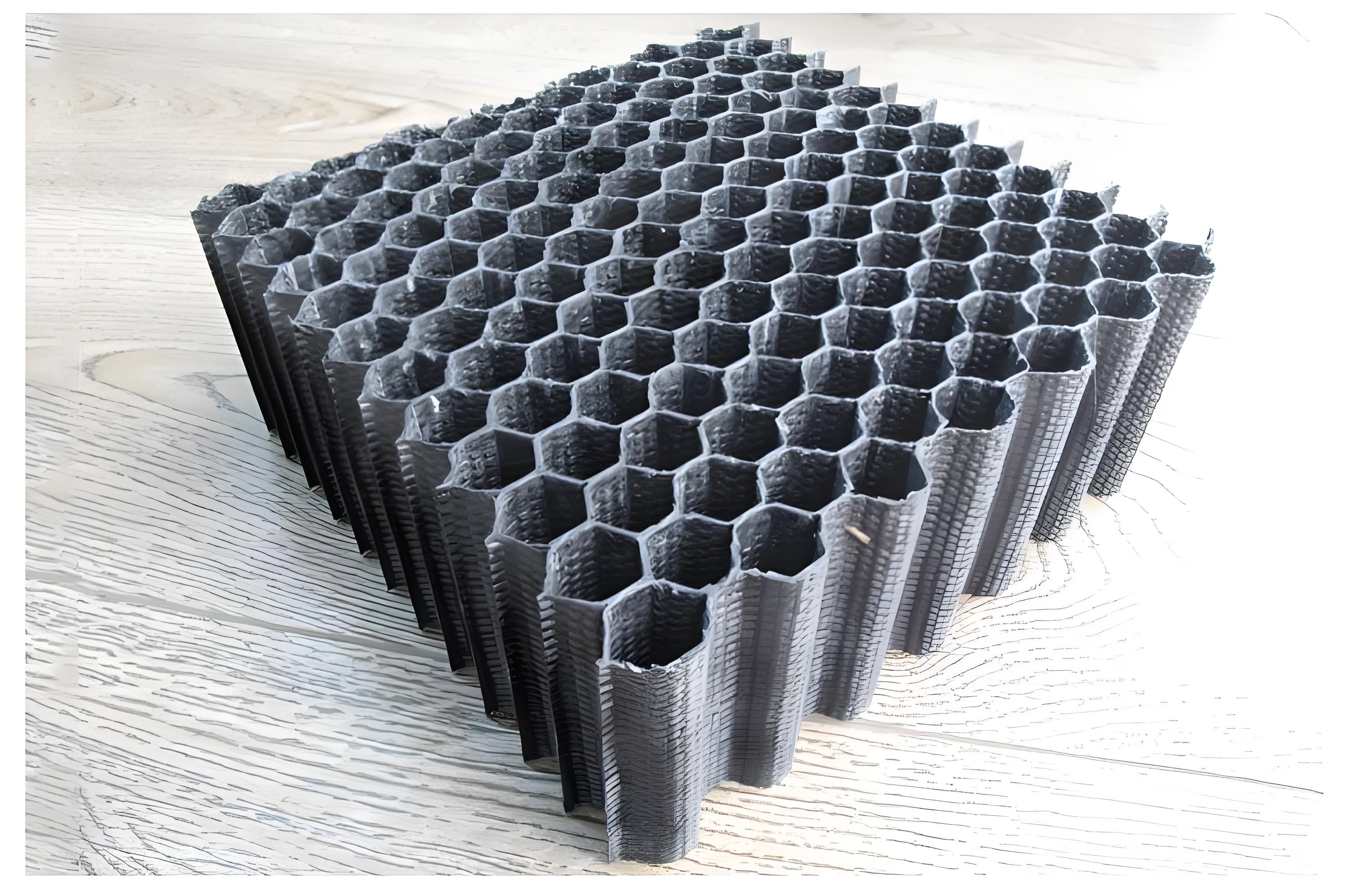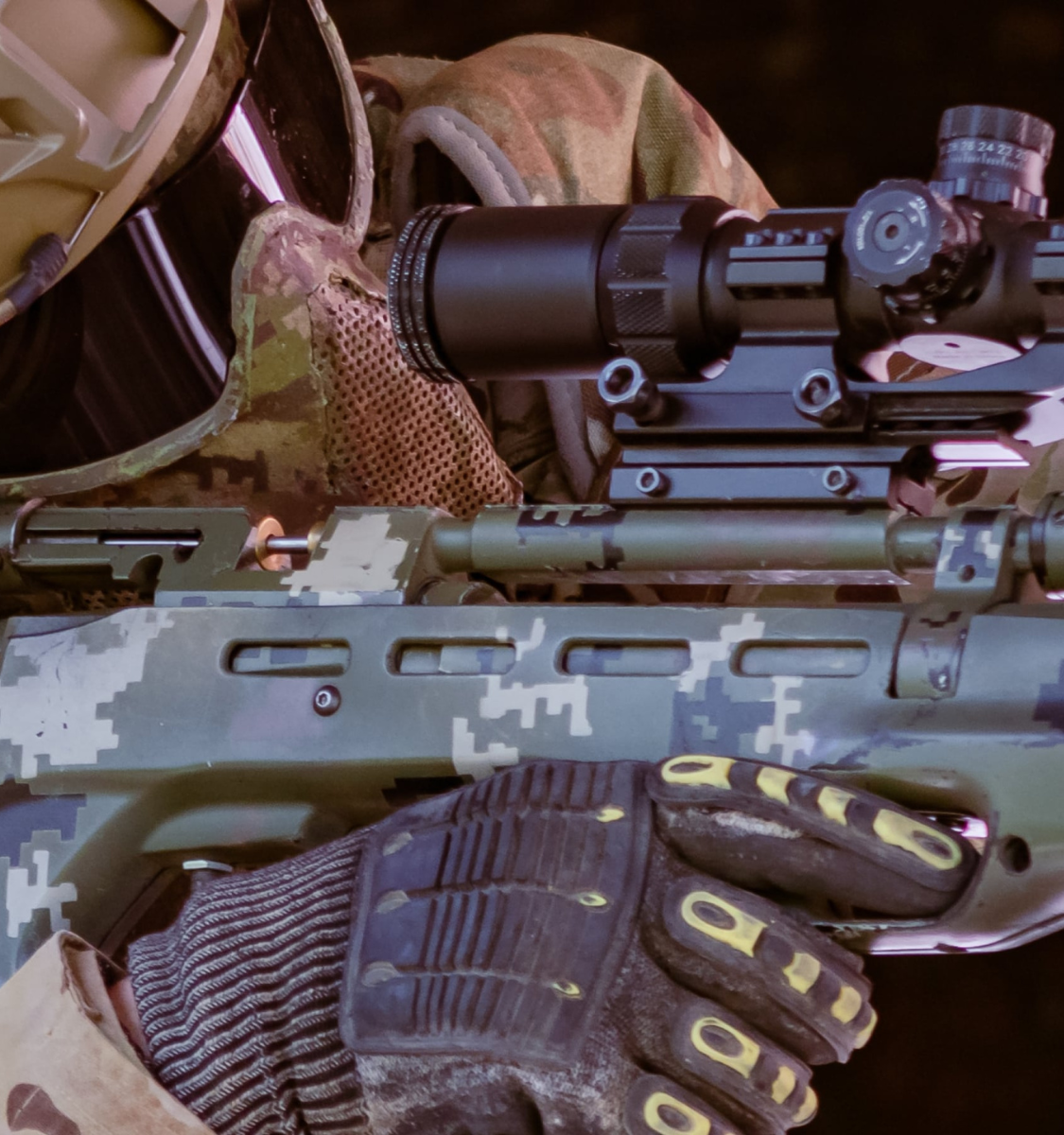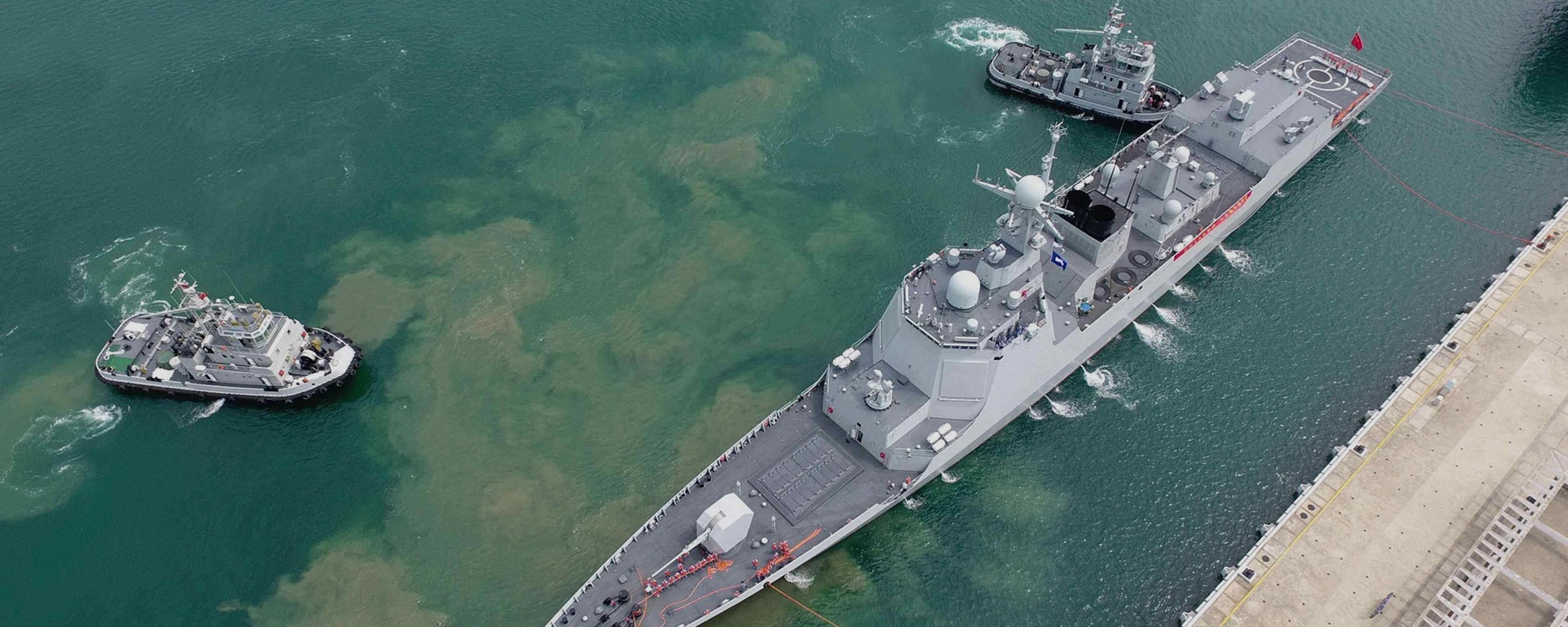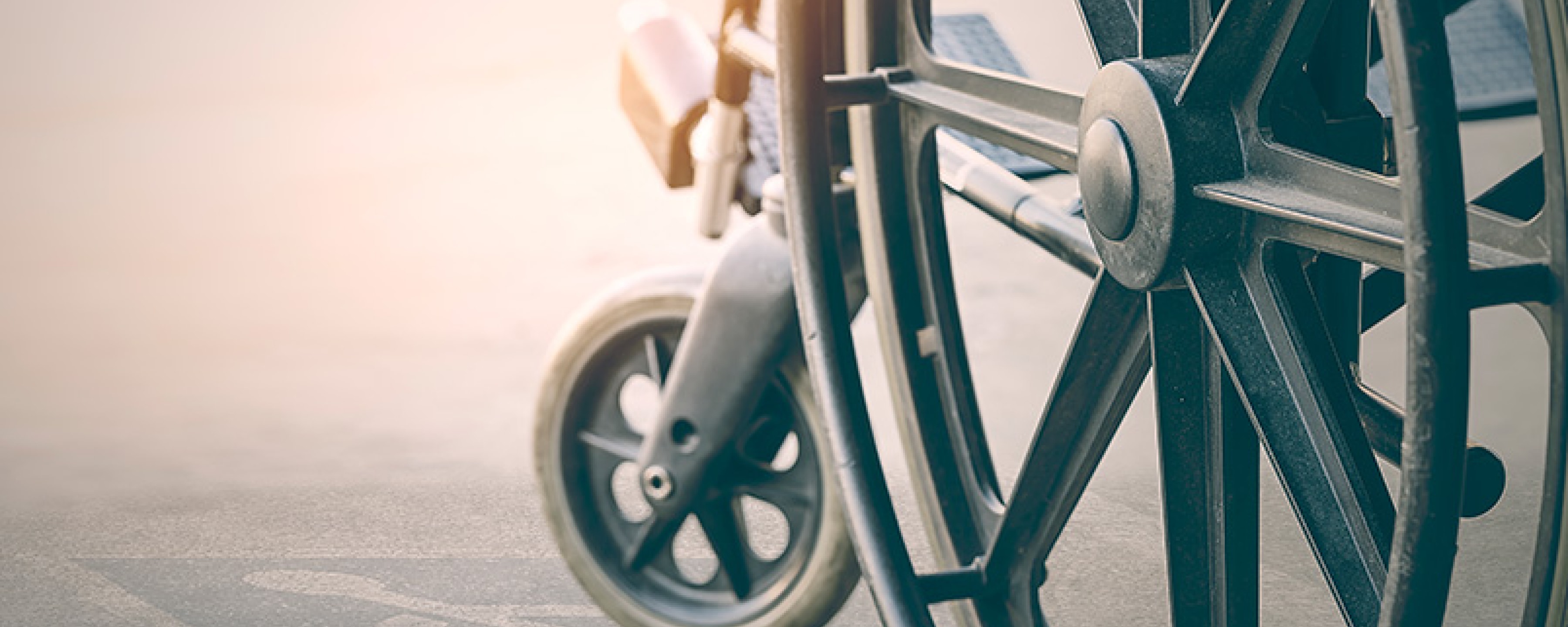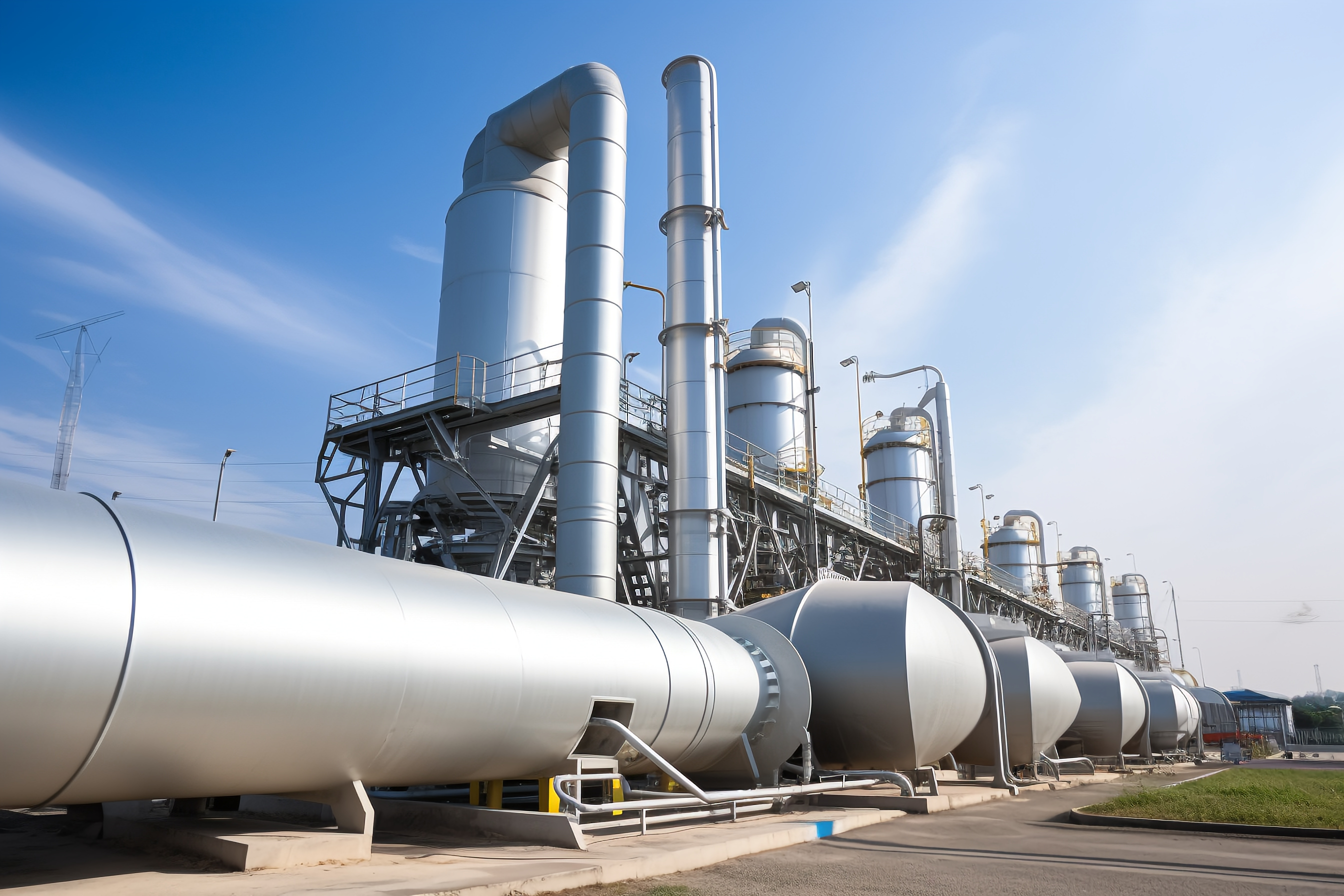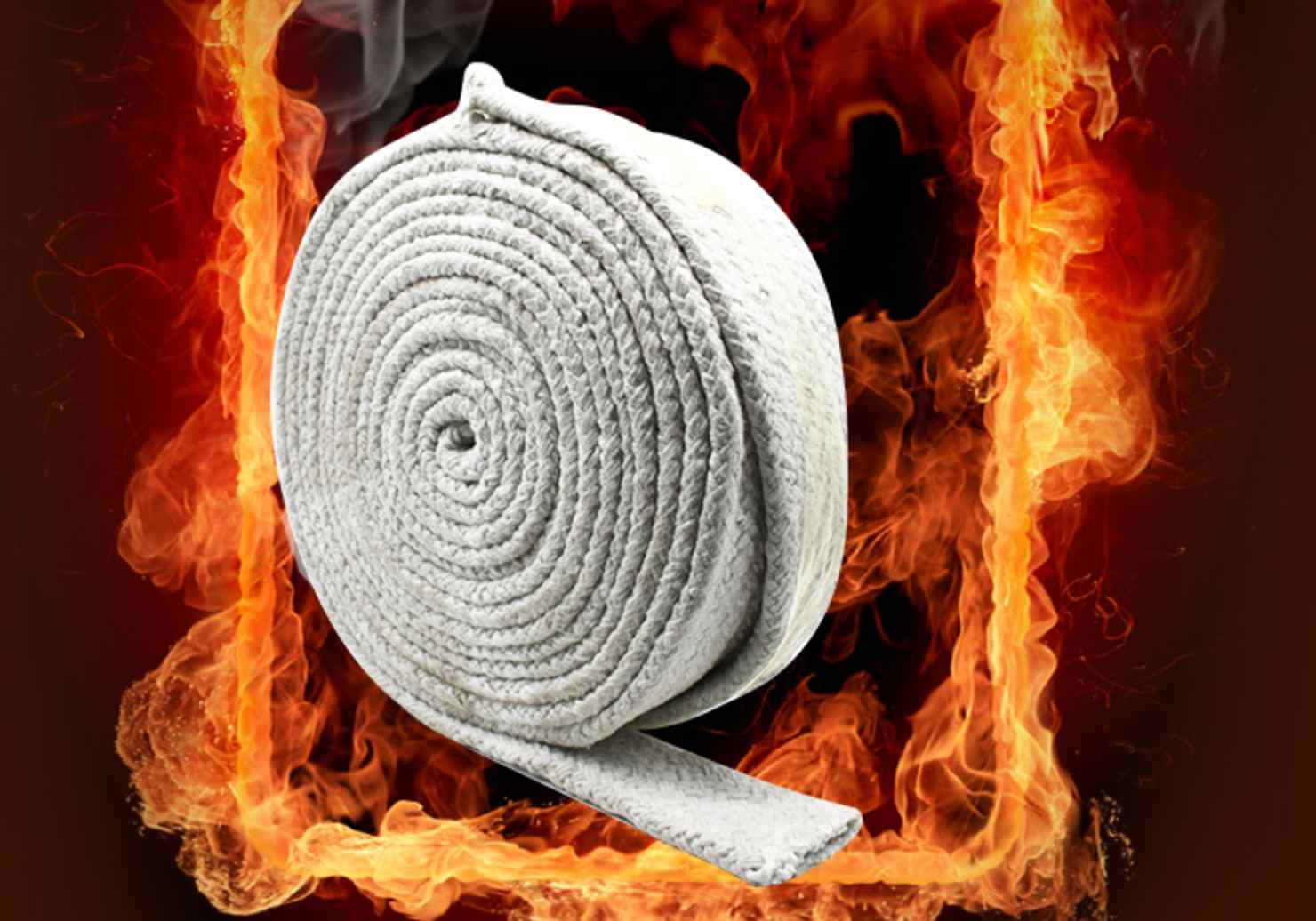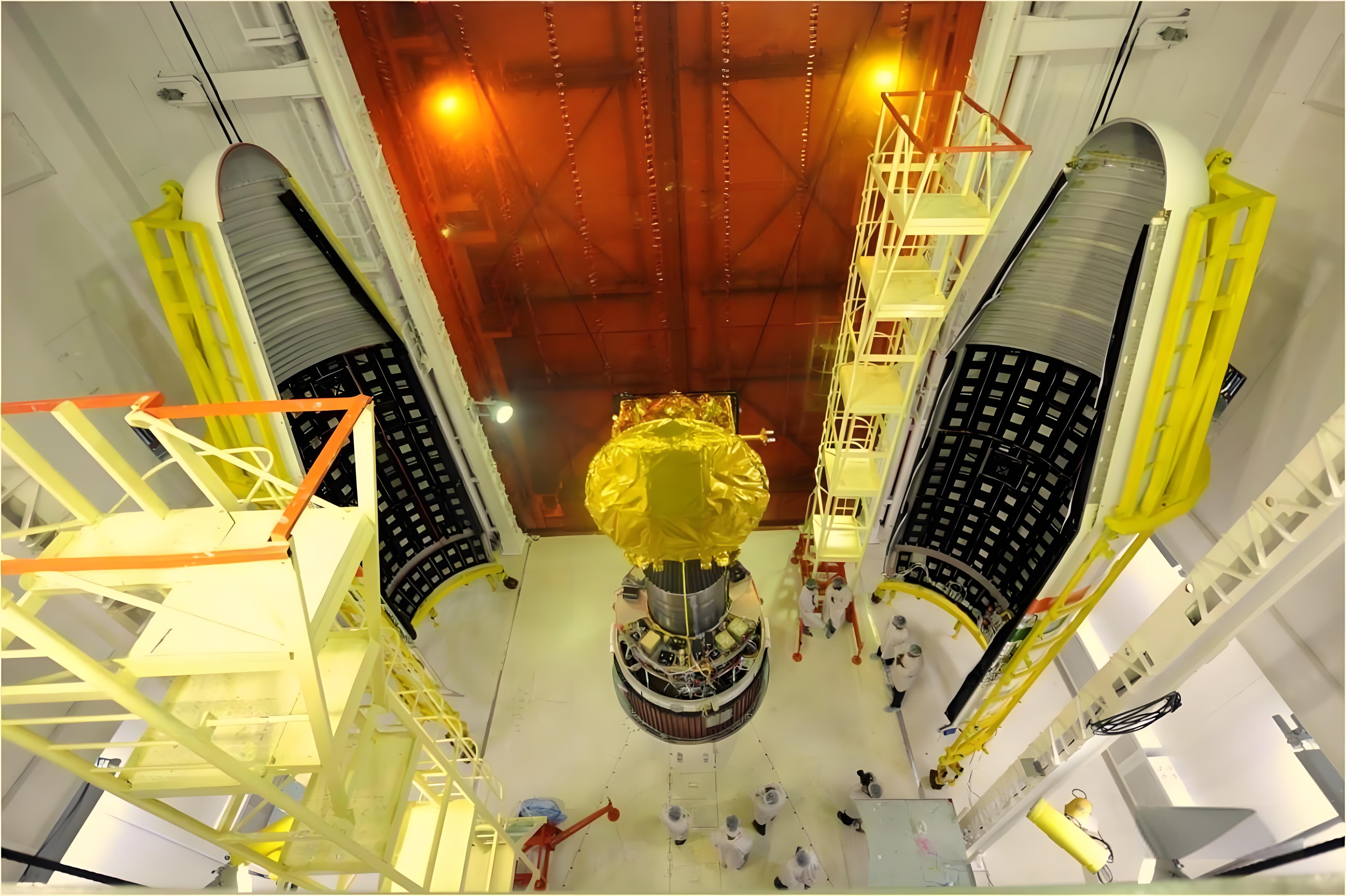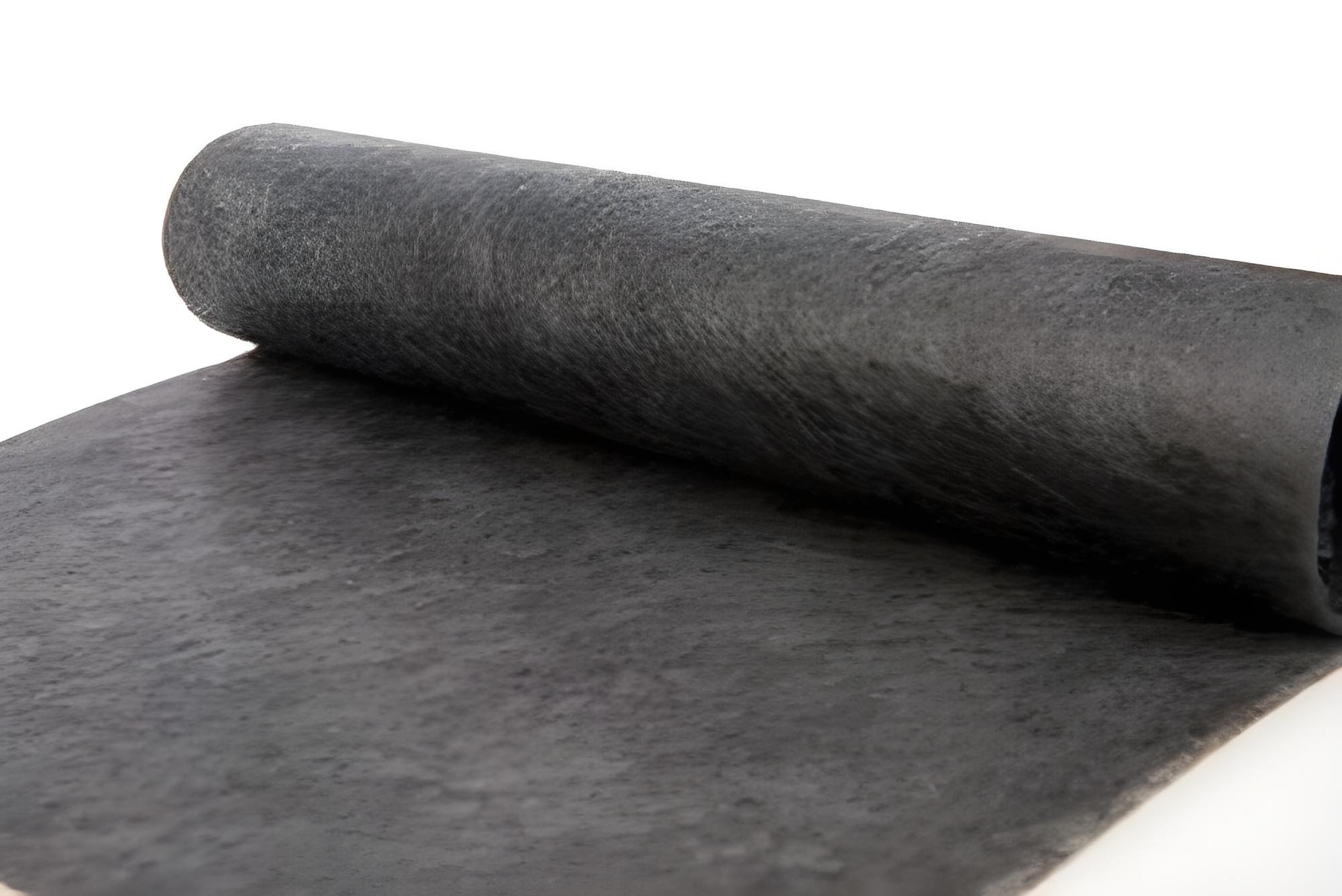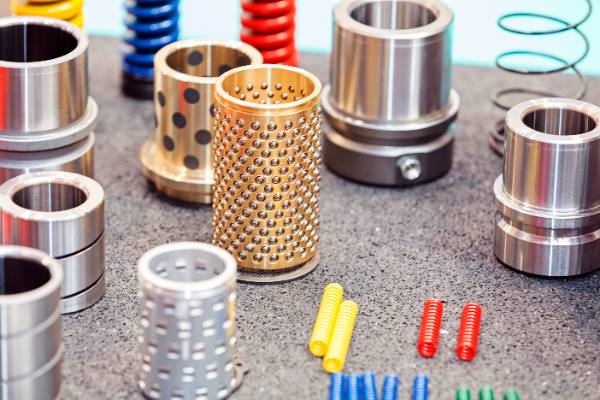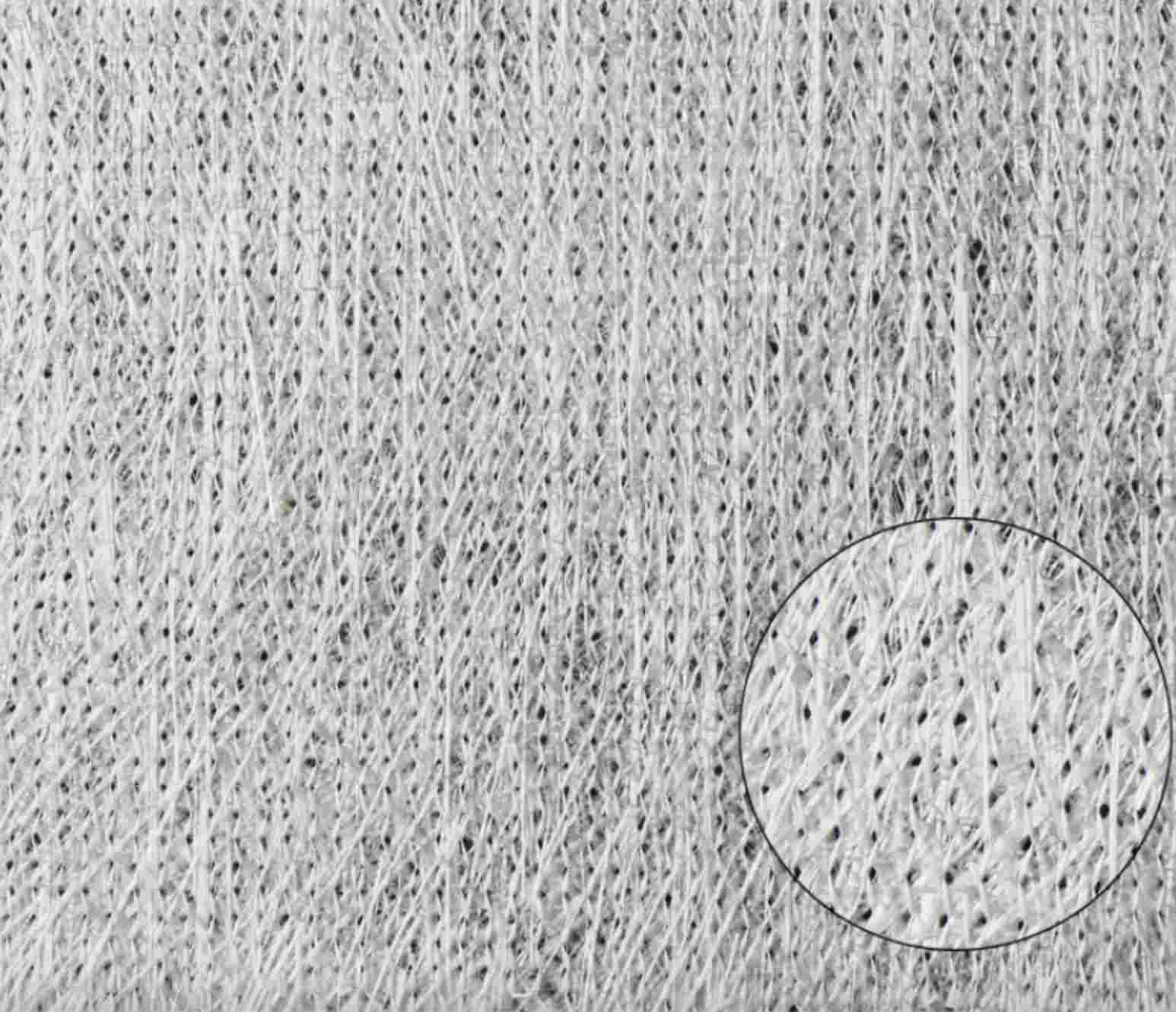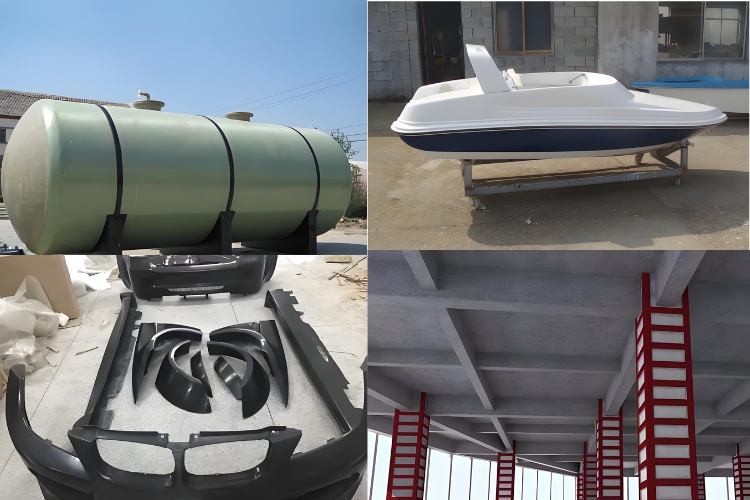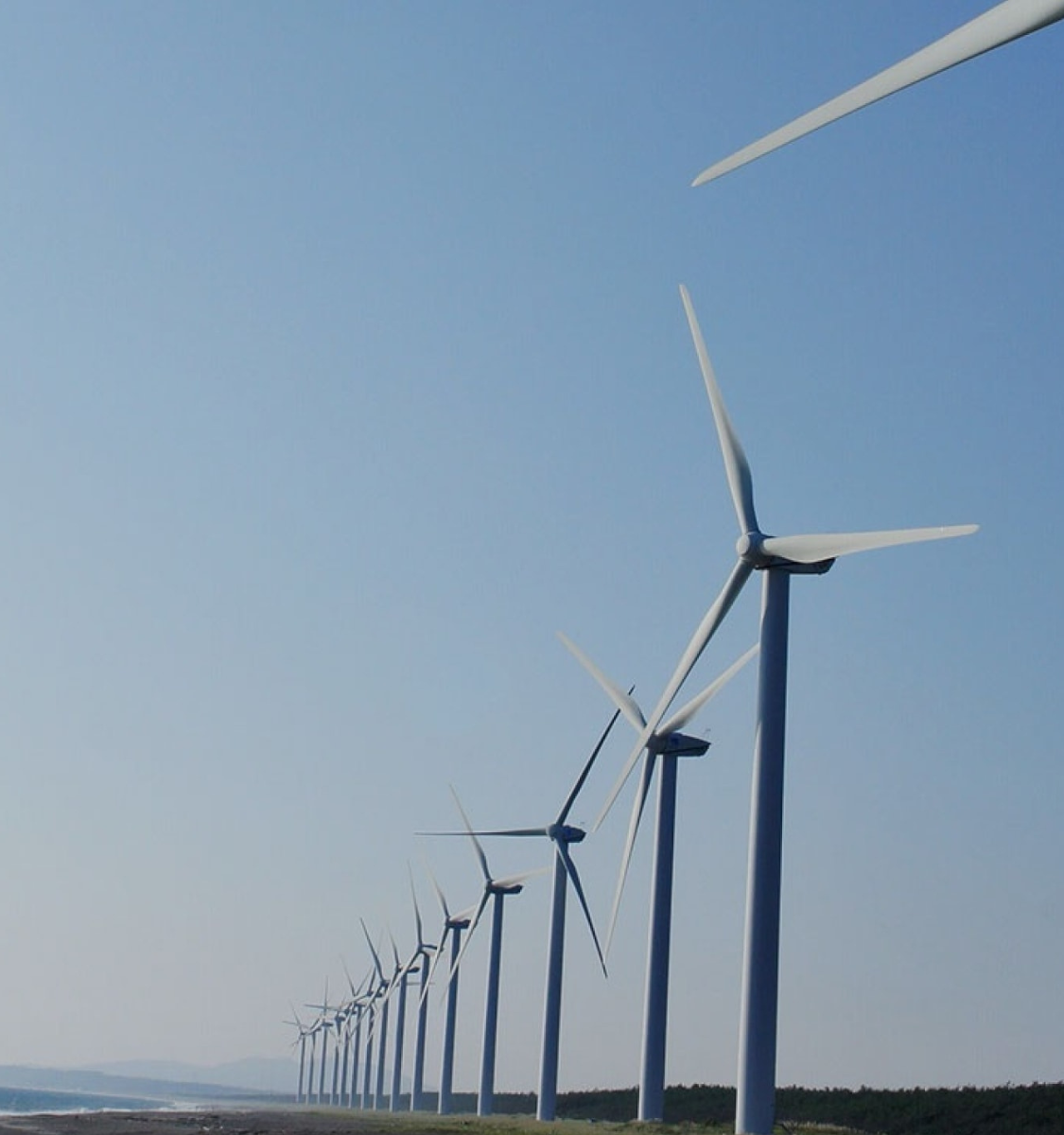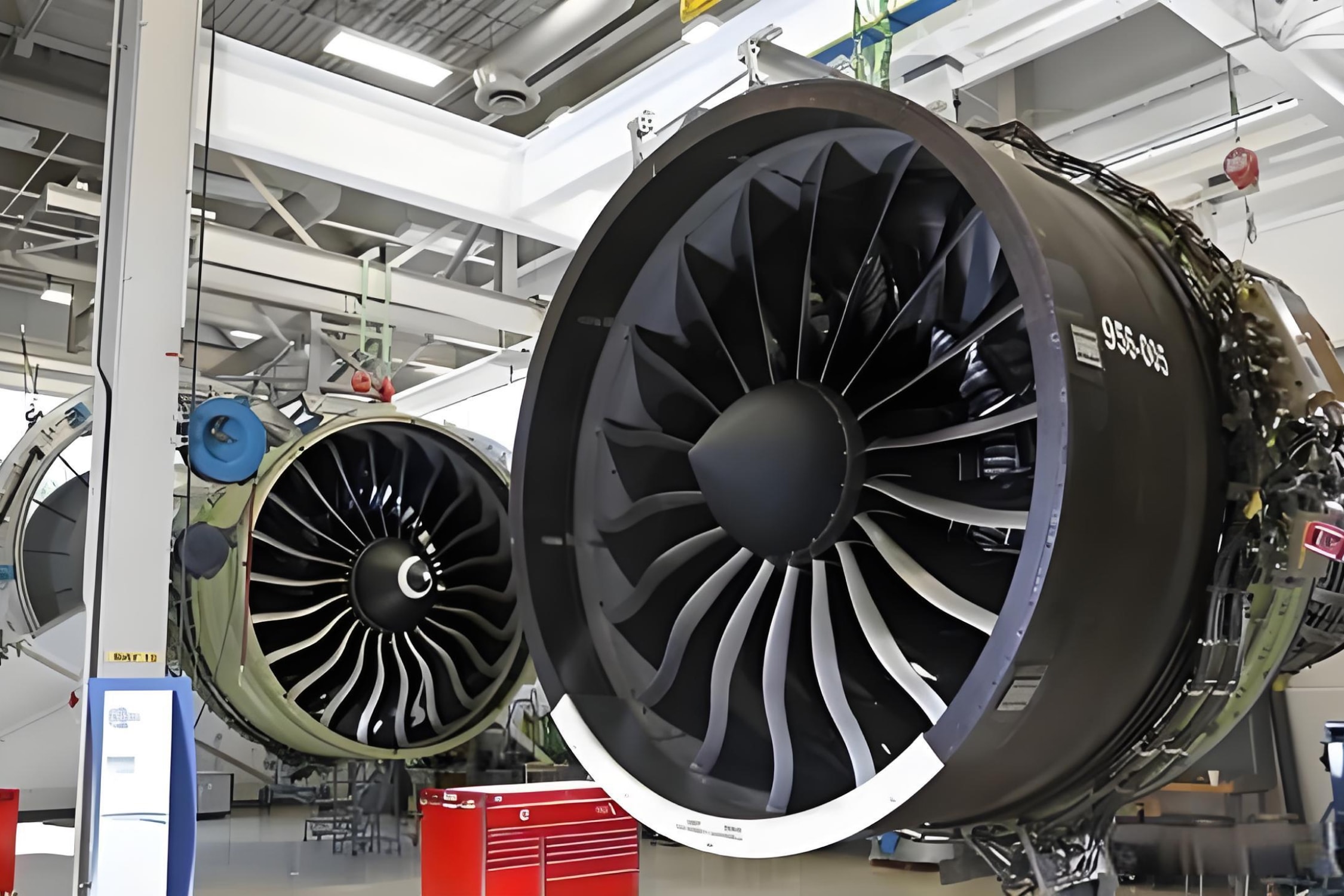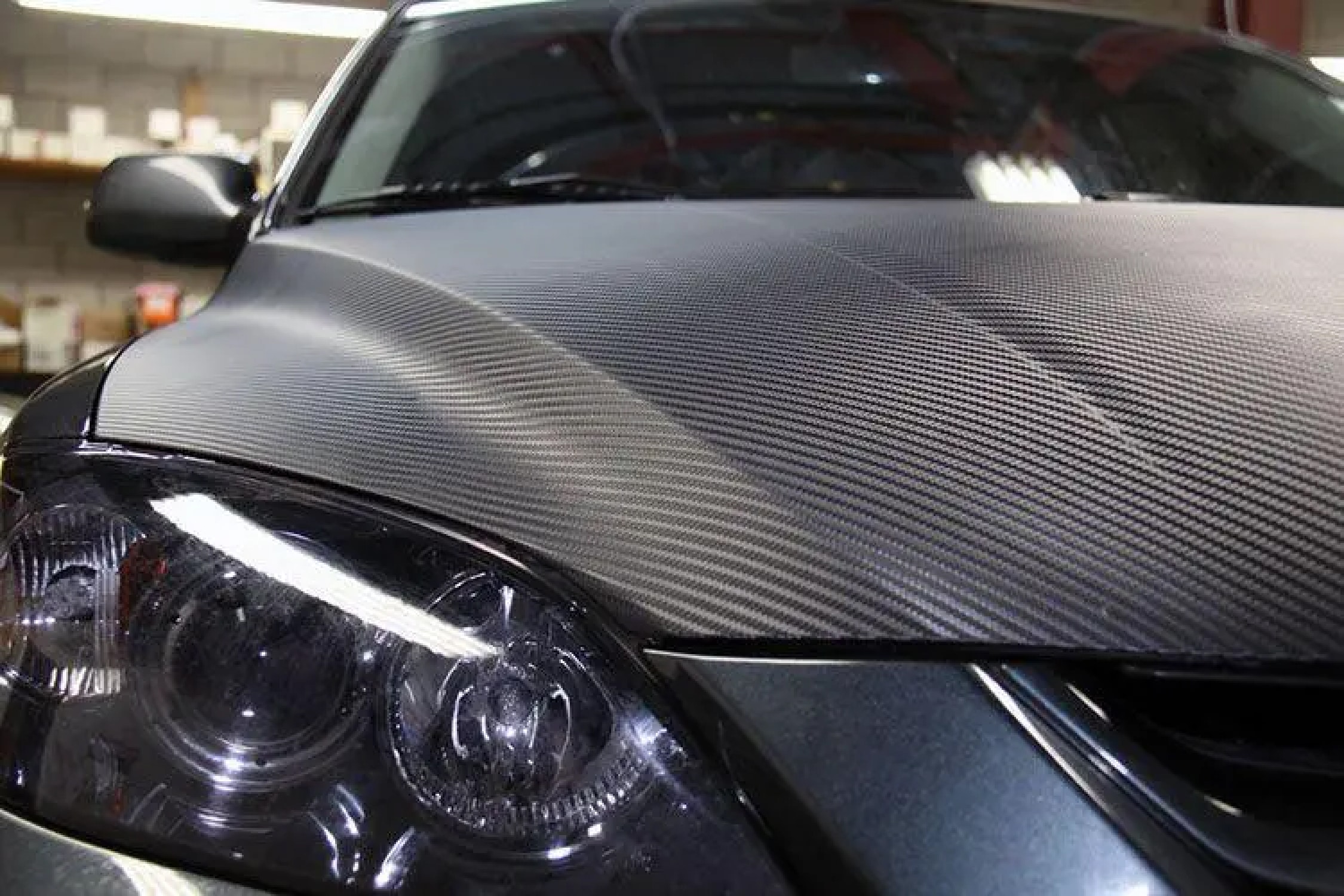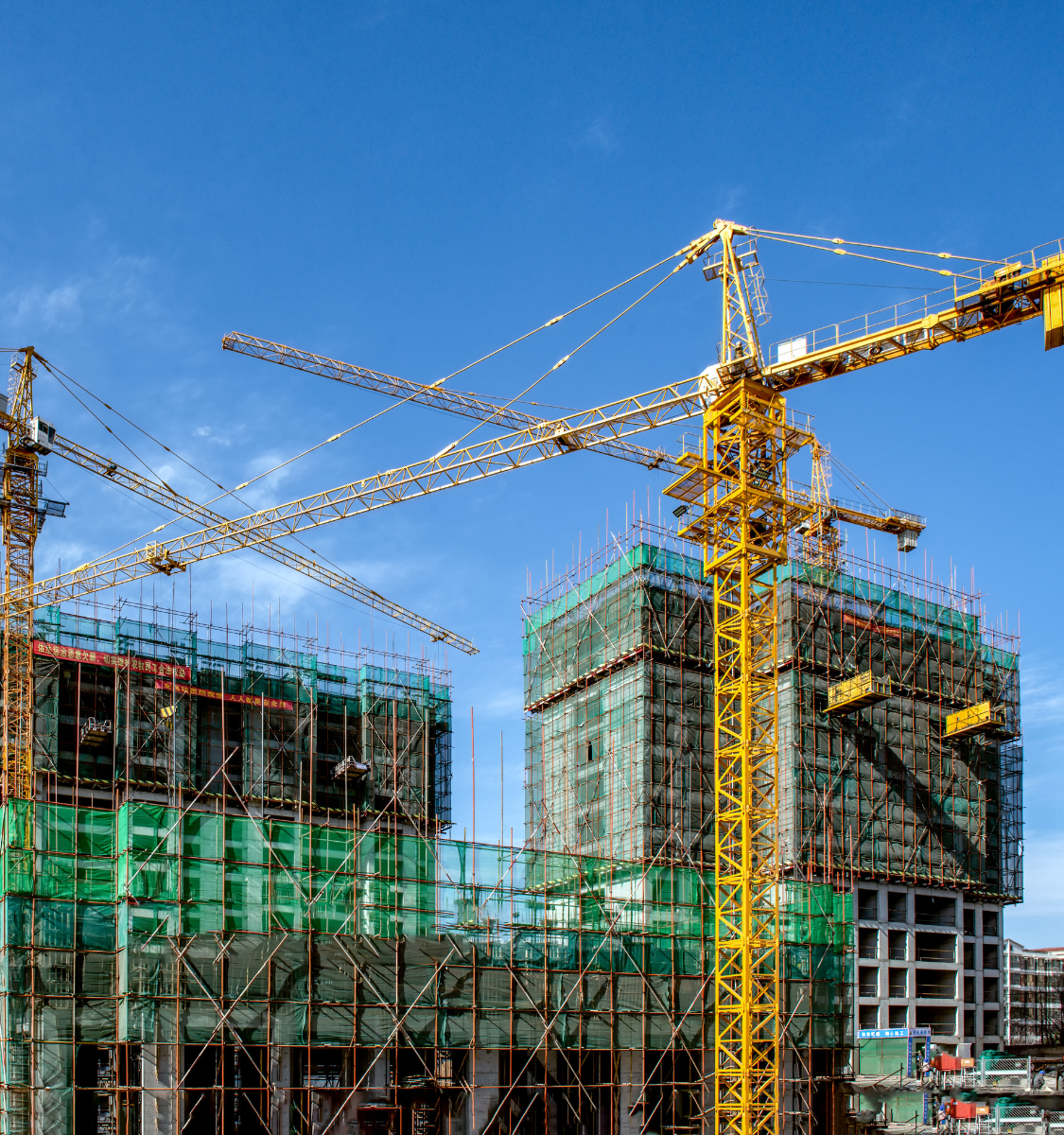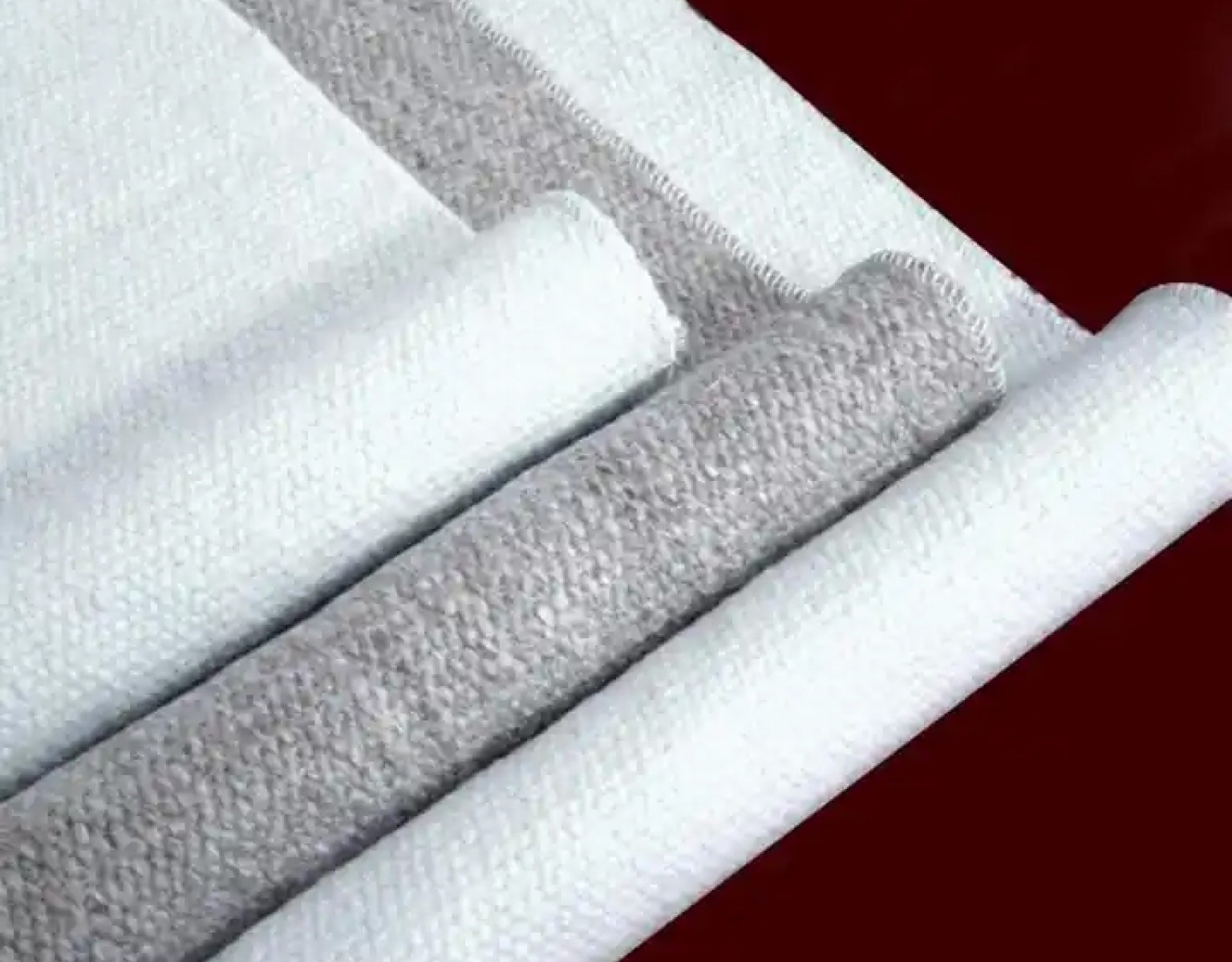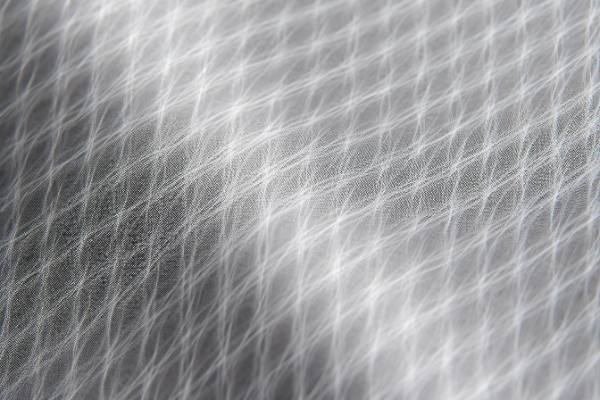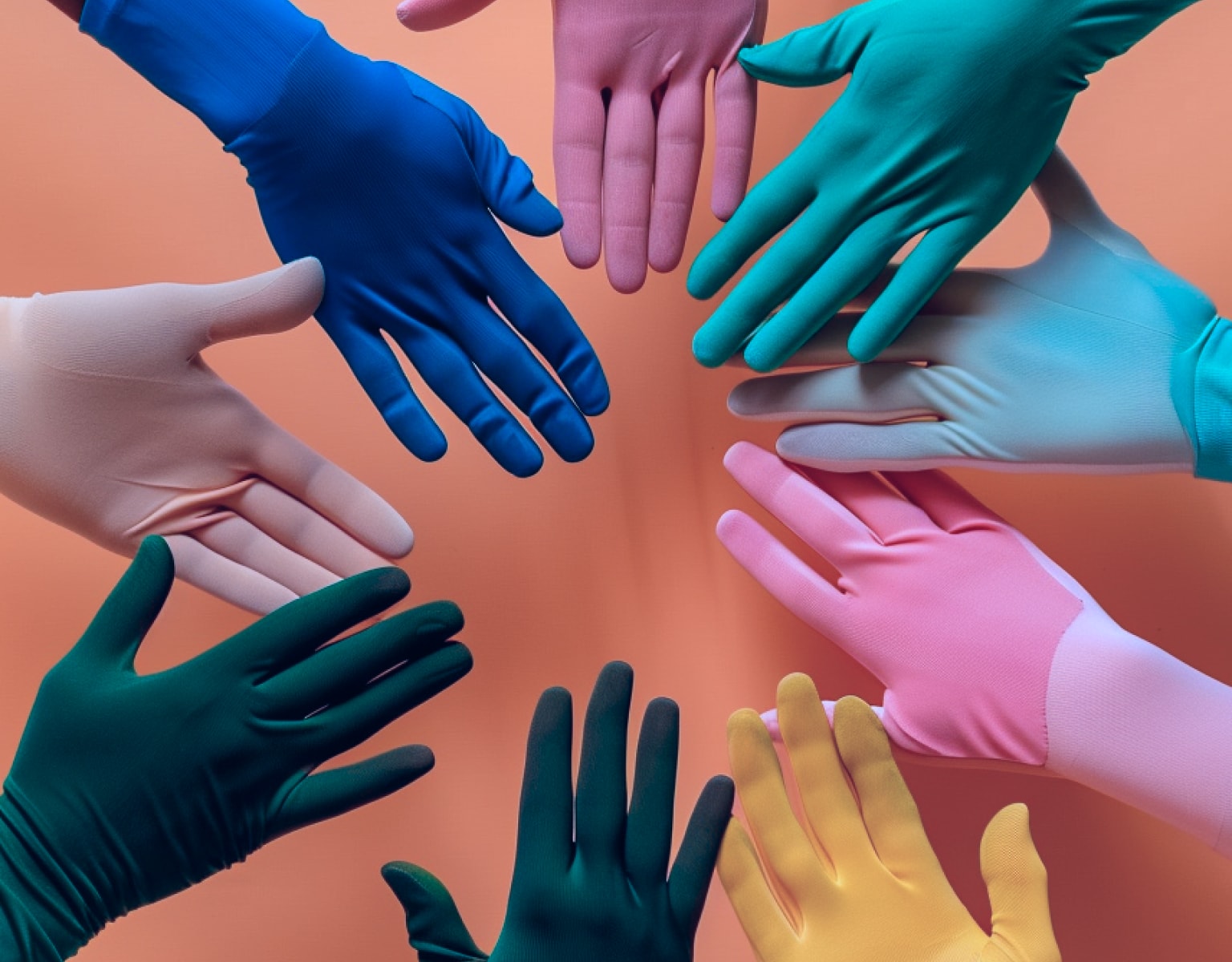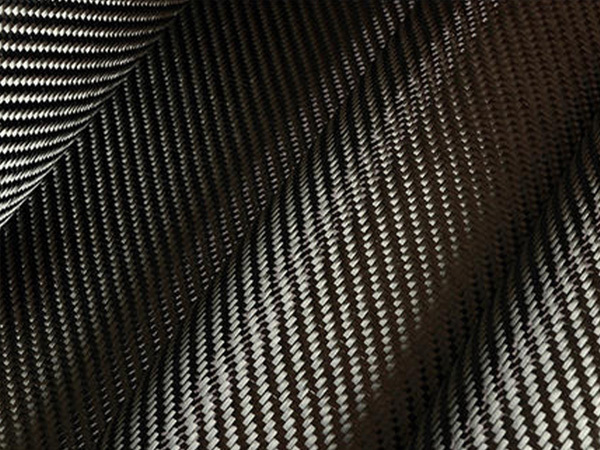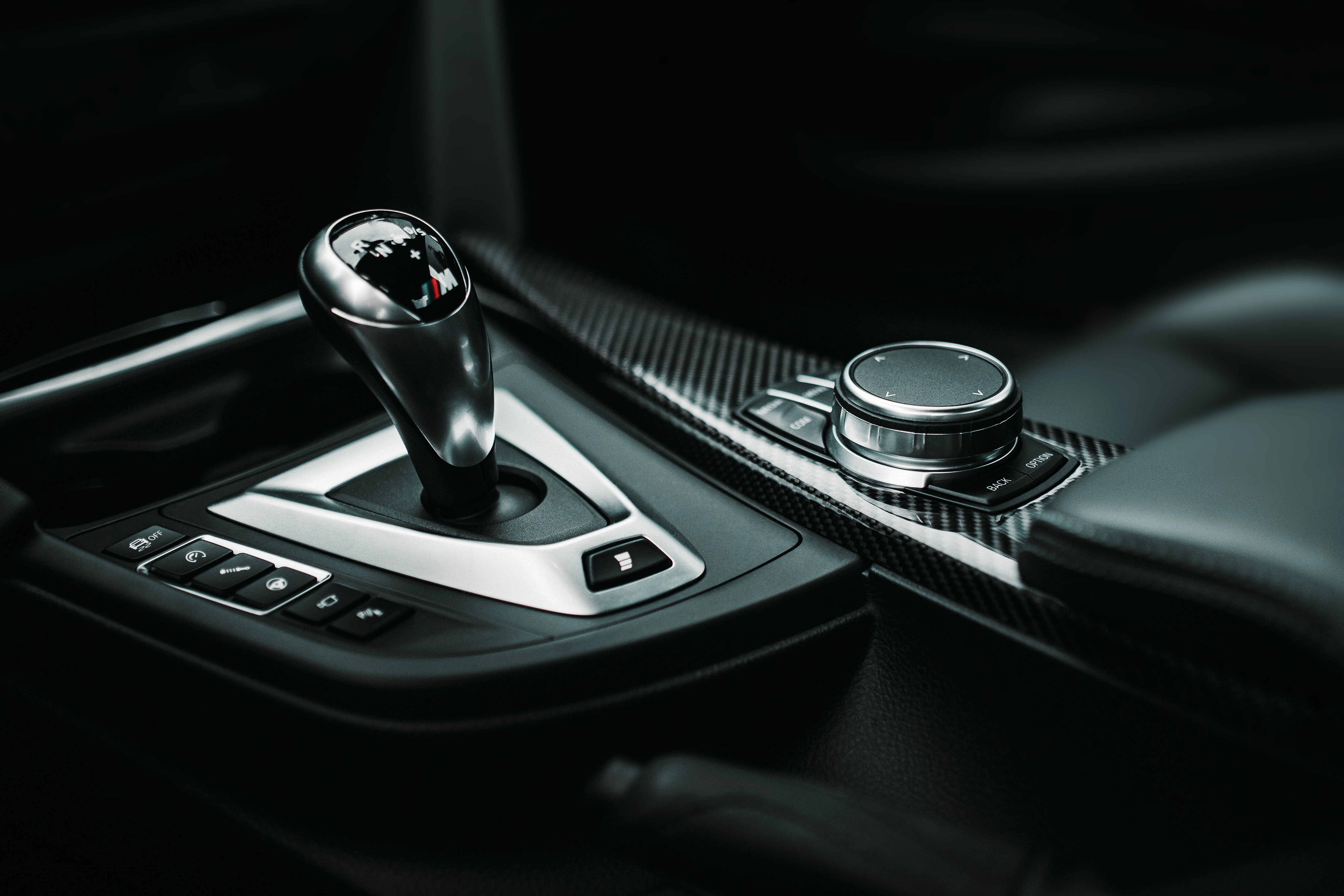+86-13732282311
merlin@xcellentcomposites.com
Let the world benefit from composite materials!
The Advantages of Using Carbon Fiber for Building Construction: A Stronger, Lighter Approach
Learn how carbon fiber is reshaping architecture with its lightweight, corrosion-resistant properties, and how it’s helping create stronger, more energy-efficient, and innovative buildings for the future.
In the world of modern construction, the constant search for materials that are not only strong but also lightweight, sustainable, and cost-effective has led to groundbreaking innovations. One such innovation is the use of carbon fiber for building construction. This high-performance material is renowned for its remarkable strength-to-weight ratio, making it an ideal choice for a variety of applications in building construction. As we move towards more sustainable and durable construction practices, carbon fiber building material is positioning itself as a leader in the future of architecture and engineering.
In this blog, we will explore the many advantages of incorporating carbon fiber into the construction industry, how it compares to traditional building materials like steel and concrete, and how it is transforming the way buildings are designed, constructed, and maintained. From its incredible strength to its versatility, carbon fiber is changing the game in construction.
Introduction to Carbon Fiber in Building Construction
Carbon fiber, a synthetic polymer material made up of long, thin strands of carbon atoms, has been used for decades in industries such as aerospace, automotive, and sporting goods due to its remarkable properties. It is created by weaving carbon filaments into a fabric, which is then impregnated with resin to form a composite material. The resulting carbon fiber composite is not only incredibly strong but also exceptionally lightweight.
While carbon fiber has long been used in specialized sectors, its introduction to building construction is a relatively new but increasingly important development. Carbon fiber building materials are now being used to reinforce and retrofit structures, create stronger and lighter buildings, and push the boundaries of what is possible in architecture. As manufacturing techniques improve and become more cost-effective, carbon fiber’s role in the construction industry continues to expand. Composite materials in building construction are revolutionizing the industry by offering a combination of strength, durability, and lightweight properties that traditional materials cannot match.

1. Strength-to-Weight Ratio: Why Carbon Fiber is Superior
When it comes to building materials, one of the most crucial factors is the strength-to-weight ratio. Traditional materials like steel and concrete are heavy and strong, but they come with their own set of challenges. Carbon fiber, however, provides a unique combination of both qualities—offering outstanding strength without the added weight.
- Unmatched Strength: Carbon fiber is known for being five times stronger than steel, yet it weighs only a fraction of steel’s mass. This makes it an ideal material for use in buildings where weight is a concern, such as in high-rise structures or in earthquake-prone areas. With carbon fiber for building construction, engineers can achieve the same strength as steel but with significantly reduced mass.
- Lightweight Advantages: The lightness of carbon fiber translates into reduced structural load. By using carbon fiber instead of heavier materials like concrete or steel, builders can reduce the need for heavy foundations and supports. This not only saves money but also opens up new possibilities in design, as structures can be taller, more flexible, and less reliant on heavy infrastructure.
- Enhanced Design Flexibility: With its strength-to-weight ratio, carbon fiber building material allows for more creative and daring architectural designs. Buildings can feature longer spans, slimmer columns, and more open spaces without compromising structural integrity.
2. Enhanced Durability and Longevity
One of the most critical factors in building construction is durability. A material must withstand the elements, resist wear and tear over time, and require minimal maintenance. Carbon fiber excels in all of these areas, which is why it is becoming a go-to material for long-lasting and low-maintenance structures.
- Corrosion Resistance: Unlike steel, which is prone to rust and corrosion when exposed to moisture and chemicals, carbon fiber building material is naturally resistant to these threats. This is especially important in coastal areas or other environments where buildings are exposed to high humidity, seawater, or harsh chemicals. The resilience of carbon fiber against corrosion leads to a longer lifespan for buildings, as they remain structurally sound for much longer than traditional materials.
- Minimal Maintenance Needs: Carbon fiber’s resistance to wear and tear translates to low maintenance costs. Unlike concrete, which can crack and degrade over time, carbon fiber remains intact under the stresses of aging and exposure to the elements. This results in reduced repair and maintenance costs, benefiting property owners in the long term.
- Extended Lifespan: The durability of carbon fiber enhances the overall lifespan of buildings. While steel and concrete may need to be replaced or repaired more frequently, carbon fiber for building construction can last for decades without significant degradation. This long lifespan makes it an attractive option for both new construction and retrofitting projects.
3. Energy Efficiency and Thermal Insulation
As building designs become more energy-efficient and sustainable, materials that offer thermal insulation and help with energy conservation are increasingly in demand. Carbon fiber is a material that can contribute significantly to energy savings in buildings.
- Thermal Stability: Carbon fiber is known for its ability to maintain its strength even at high temperatures. It does not lose its structural integrity like metals, which can become weaker when exposed to extreme heat. This makes carbon fiber suitable for use in areas where buildings may face thermal fluctuations or hot climates, as it will not warp, weaken, or degrade under high temperatures.
- Reduced Heat Loss: One of the benefits of carbon fiber building material is its ability to act as a thermal insulator. Carbon fiber composites can reduce heat transfer, improving the overall energy efficiency of buildings. This is particularly beneficial in areas where heating or cooling costs are high, as buildings constructed with carbon fiber materials can maintain more consistent indoor temperatures, reducing the need for artificial heating or cooling.
- Sustainability Benefits: The energy efficiency of carbon fiber also supports its eco-friendly credentials. By reducing the energy demand for heating and cooling, buildings made with carbon fiber help reduce their carbon footprint. Over time, this results in lower energy costs and a more sustainable building design.
4. Flexibility and Adaptability in Design
When it comes to design, carbon fiber for building construction offers unparalleled flexibility. Its lightweight and adaptable nature allow it to be used in ways that would not be possible with traditional materials like steel and concrete.
- Complex Geometries: Carbon fiber can be molded into complex shapes and structures, allowing architects to push the boundaries of design. Curved walls, cantilevered structures, and intricate patterns are all achievable using carbon fiber, offering greater creativity and innovation in building design. This level of design flexibility can result in visually stunning buildings that stand out from traditional box-like structures.
- Retrofitting Capabilities: Carbon fiber is frequently used to reinforce existing structures. Older buildings or infrastructure that may not meet modern strength standards can be retrofitted with carbon fiber composites to improve their performance. This is particularly useful in seismically active areas where retrofitting is necessary to bring older buildings up to code without adding too much weight or altering the appearance of the structure. Carbon fiber building materials provide a lightweight yet robust solution for such retrofitting projects.
5. Sustainability and Reduced Environmental Impact
Sustainability has become a central focus in modern construction, with a strong emphasis on reducing environmental impact and improving energy efficiency. Carbon fiber, despite its initial cost, offers several sustainability advantages that make it an attractive alternative to traditional building materials.
- Reduced Material Use: Due to its strength, carbon fiber allows for thinner, lighter structures without sacrificing durability. This reduces the overall amount of material needed for construction, which in turn helps reduce the environmental impact of construction projects. By using carbon fiber for building construction, developers can lower their carbon footprint and conserve natural resources.
- Energy-Efficient Production: While the production of carbon fiber requires significant energy, ongoing improvements in manufacturing techniques are reducing its environmental impact. Advances in manufacturing processes, such as the use of renewable energy, can make carbon fiber more sustainable in the long run.
- Recycling Potential: One of the challenges with carbon fiber is recycling, but efforts are underway to make carbon fiber recycling more viable. Researchers are developing methods to recycle carbon fiber from end-of-life products and repurpose it into new building materials, further reducing its environmental footprint.
6. Reduced Labor and Construction Time
Carbon fiber is also changing the way buildings are constructed in terms of time and labor requirements. Its unique properties can streamline construction projects, making them faster and more efficient.
- Simplified Installation: The light weight of carbon fiber components makes them easier to handle and install. Unlike heavy steel beams or concrete panels, carbon fiber components are much easier to transport and assemble, reducing the need for heavy lifting equipment and large teams of workers.
- Faster Construction: Because carbon fiber components can be prefabricated in a controlled environment and then shipped to the construction site, the overall time spent on site is reduced. This leads to faster project completion times, which is a significant advantage in both residential and commercial construction.
- Lower Labor Costs: The ease of handling and installation of carbon fiber components reduces labor costs. Fewer workers are needed to install carbon fiber materials, and the construction process requires less time, which reduces overall project costs.

Applications of Carbon Fiber in Building Construction
Carbon fiber has a wide range of applications in the construction industry, ranging from structural reinforcement to aesthetic applications. Some of the most common uses include:
- Structural Reinforcement: Carbon fiber is often used to reinforce beams, columns, and other structural elements, providing extra strength without adding significant weight. It is particularly useful in retrofitting older buildings or reinforcing structures in seismic zones.
- Facades and Cladding: The aesthetic properties of carbon fiber, along with its strength, make it an ideal choice for facade systems. Lightweight carbon fiber panels can be used to create sleek, modern exteriors while reducing the load on the building’s structure.
- Bridges and Infrastructure: Carbon fiber is increasingly used in the construction and rehabilitation of bridges and other infrastructure projects. Its strength and durability allow for the creation of longer, more durable spans without the need for massive support structures.
Conclusion
As construction technology continues to evolve, carbon fiber is poised to play a pivotal role in shaping the future of the industry. Its unmatched combination of strength, lightness, durability, and sustainability makes it an ideal material for modern construction. Whether used for reinforcement, facade design, or energy efficiency, carbon fiber is not only helping to create stronger buildings but also more sustainable and innovative architectural designs.
With ongoing advancements in manufacturing processes and a growing emphasis on eco-friendly construction, carbon fiber is likely to become an increasingly integral part of the building industry. As the demand for more sustainable, efficient, and high-performance construction materials continues to rise, carbon fiber is well-positioned to lead the way in the next generation of building materials.
By embracing carbon fiber building materials, construction professionals can offer innovative, durable, and environmentally responsible solutions that meet the challenges of the modern world.
Popular Composite Materials
Popular Composite Materials
Composites Knowledge Hub
Composites Knowledge Hub

